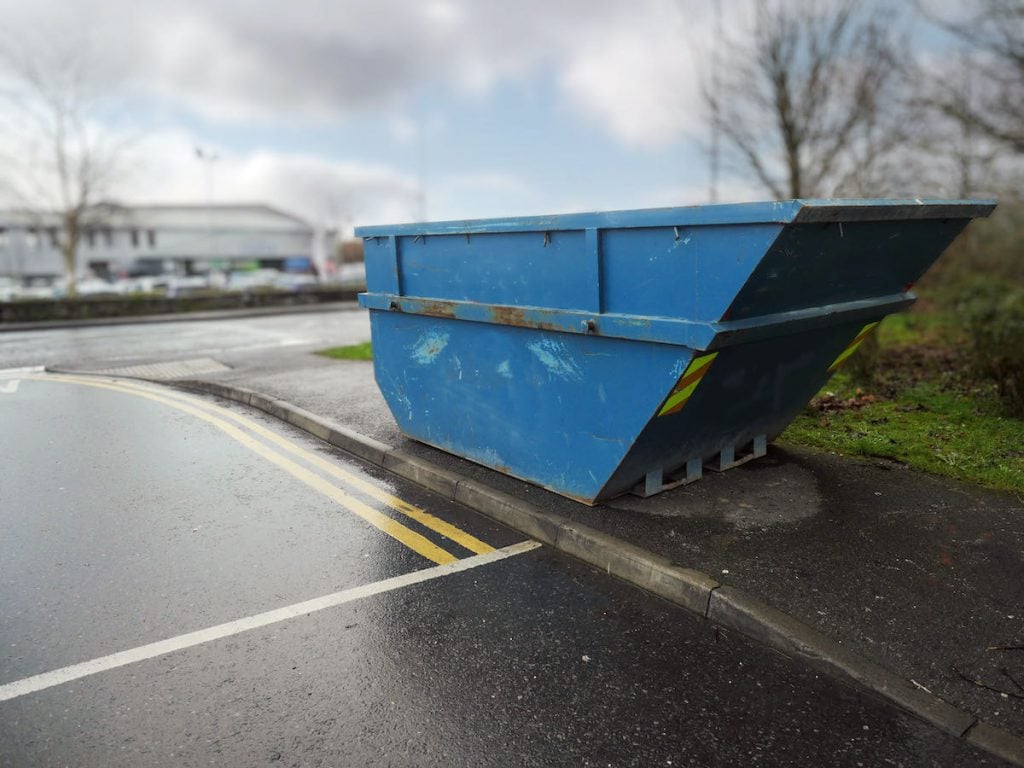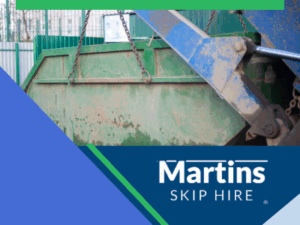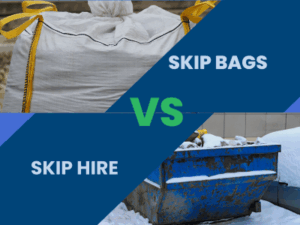If you’re hiring a skip for the first time, it’s easy to assume you can fill it right to the brim or stack a few extra bits on top. In reality, there are clear rules about how full a ski=p can be, and getting it wrong could mean extra charges, collection delays, or even a refusal to collect at all.
Understanding how skips are loaded isn’t just a safety issue. It can affect your schedule, your budget, and the overall success of your project.
Why Skips Must Be Level-Loaded
Skips are designed to be transported safely on the back of a lorry. If the load rises above the top edge of the skip, it becomes a safety risk. Items that overhang the sides or sit above the rim can fall off during transport, causing hazards for road users and pedestrians.
By law, skip hire companies cannot collect a skip that is overloaded or unsafe. That means if your waste is stacked too high, the driver may have to leave it behind, which leads to unnecessary delays and added cost. If you’re skip is full and you need a collection, call us directly to arrange your collection.
What Happens If You Overfill a Skip?
When a skip is overloaded, there are a few possible outcomes. The most common is the refusal of collection. If your skip can’t be safely lifted onto the lorry, the driver will leave it where it is and may charge you a wasted journey fee. You’ll also be asked to remove the excess waste before rebooking your collection.
Some companies may offer to remove the extra waste for you, but this almost always comes at a cost. Others may require you to order a second skip if there is too much left over. These issues are avoidable, which is why it’s so important to know the rules upfront. If you’re unsure on how to fill your skip to right way, it’s always best to contact us. Our expert team are always on hand to help.
Choosing the Right Size from the Start
Most overfilled skips come down to one problem: the wrong size was chosen in the first place. It’s common to underestimate how much waste you’ll produce during a project. People often try to save money by choosing a smaller skip, only to end up paying more later because it couldn’t hold everything.
At Martin Skip Hire, we always recommend erring on the side of caution. Going one size up will usually cost less than hiring a second skip or paying for extra waste removal.
If you’re not sure what size is right for your job, we’ve created a full skip size guide that explains the typical capacity for each option.
What Does a Level Load Actually Look Like?
A level load means the waste is filled right up to the top edge of the skip, but no higher. It should sit flat and even, without anything sticking out or hanging over the sides. Plasterboard, furniture, rubble and other bulky items should be broken down if possible so they don’t take up unnecessary space or create unsafe loads.
Some skips will have a painted line or “fill level” marked along the rim to help you judge when you’re getting close. If in doubt, stop loading and get in touch with us before you continue. Need another skip? Order one easily online, or give us a call to book.
 sales@martinskiphire.co.uk
sales@martinskiphire.co.uk 




